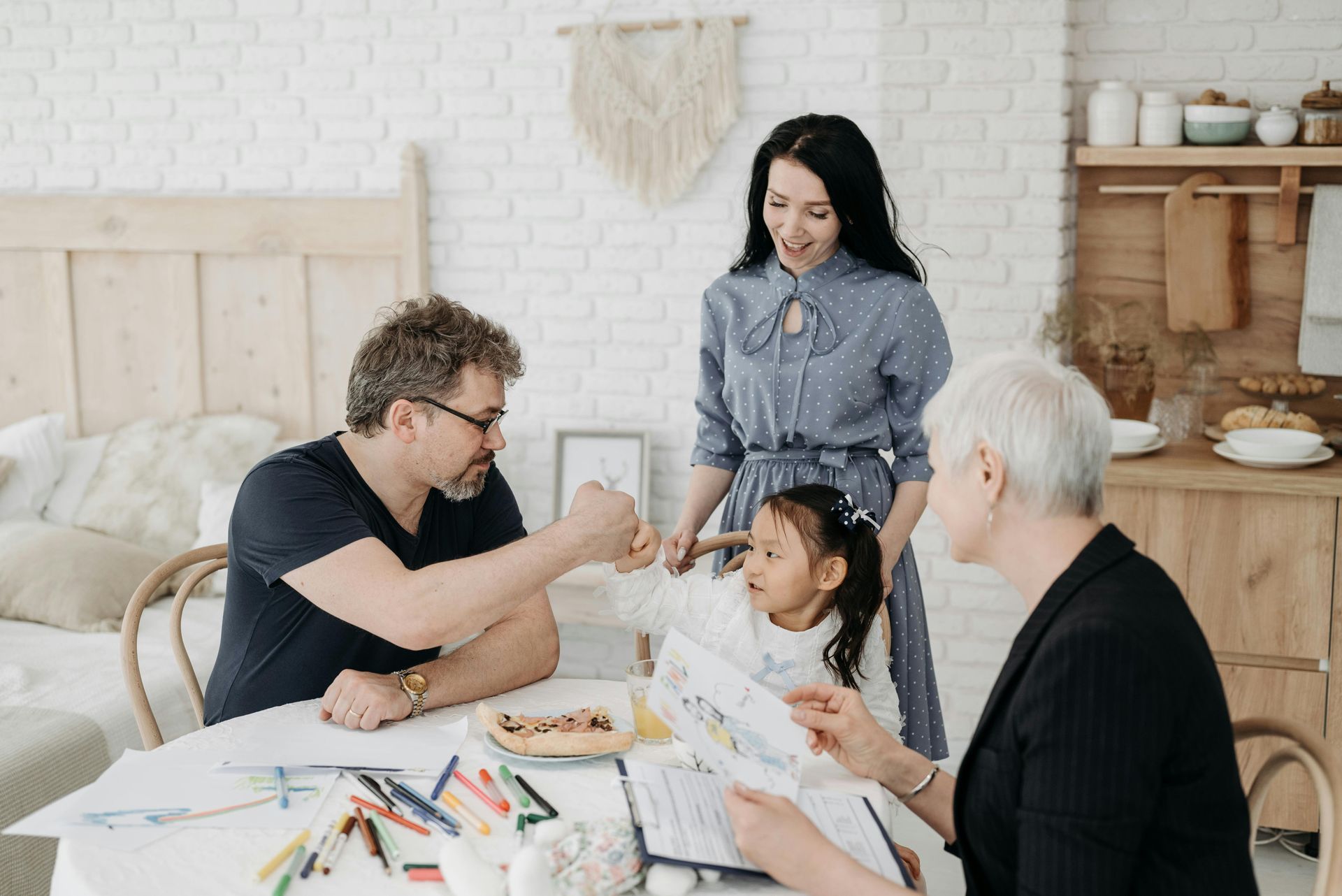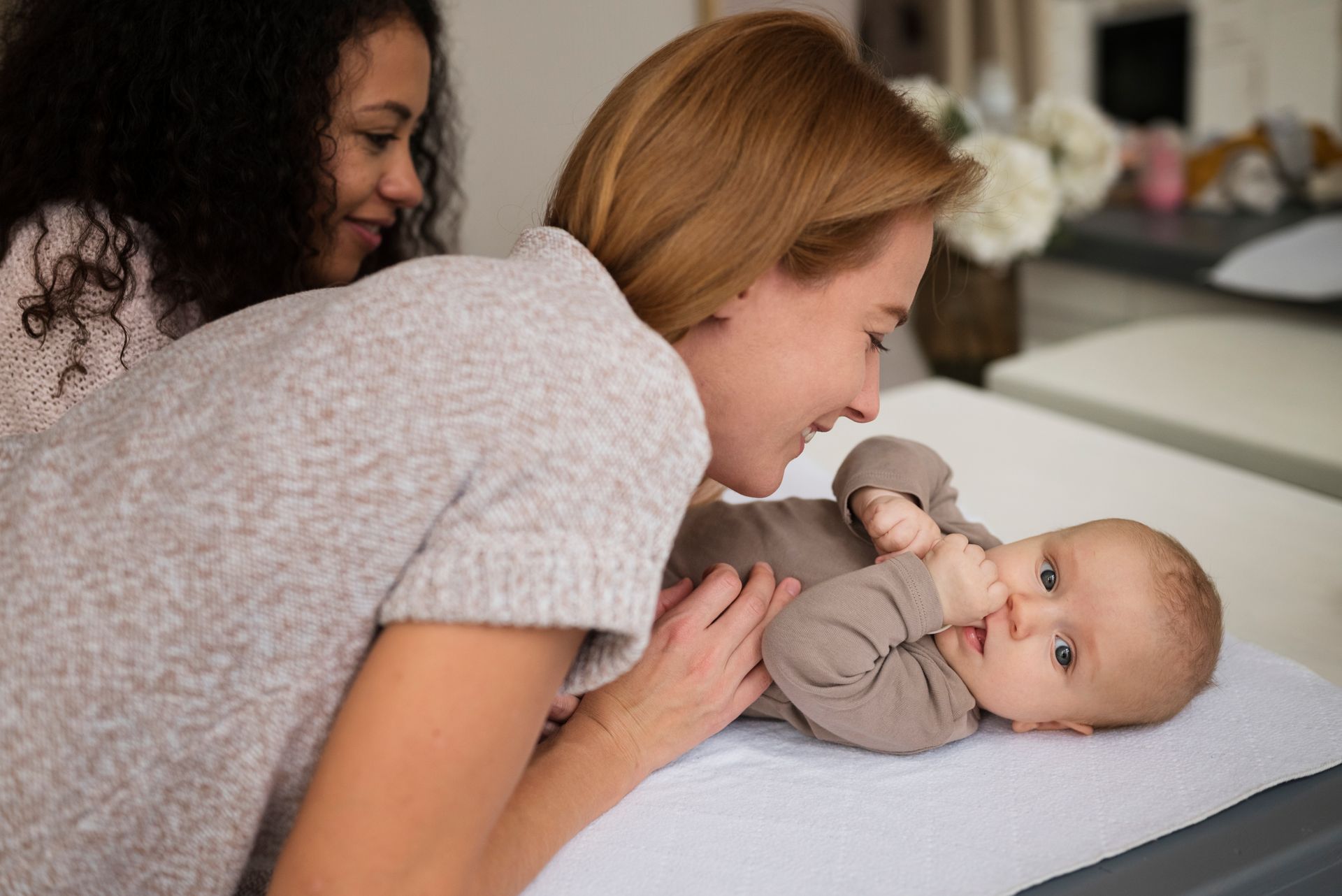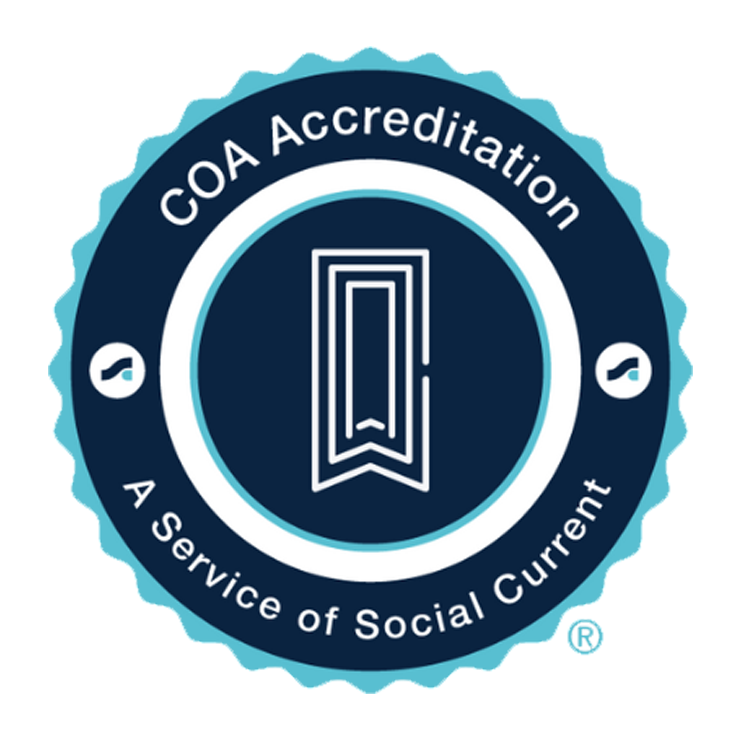Welcoming a foster or adoptive child into your home is a powerful and life-changing moment. As exciting as it is, the anticipation can also bring anxiety especially around preparing your home to meet both physical requirements and emotional needs.
Whether you’re fostering, adopting, or considering foster-to-adopt in Ohio, this guide will walk you through the essential steps to make your home a safe, supportive, and welcoming place.
Understanding the Concern
Preparing your home is about more than just beds and locks, it’s about creating an environment where a child feels secure, respected, and cared for. Many families wonder:
- What are the state requirements?
- What will a home study look for?
- How do I make a child feel comfortable in a new space?
These concerns are completely normal. The good news? You don’t need a perfect home just one that is safe, stable, and filled with love. Let’s break it down step by step.
Safety, Space, and State Requirements
Before placement, your home will be evaluated through a home study and possibly fire and safety inspections, depending on your adoption path. Here are the core areas you’ll need to address:
1. Personalize Their Space
- Each child must have their own bed (not a couch or air mattress).
- Bedrooms should have proper ventilation, lighting, and privacy.
- Siblings of the same gender may share a room depending on age and space.
2. Safety Measures
- Install smoke detectors on every floor and in sleeping areas.
- Keep medications, cleaning products, and sharp objects locked or out of reach.
- Secure firearms in locked containers, separate from ammunition.
- Ensure windows, stairs, and outdoor areas meet safety standards.
3. Cleanliness and Organization
- Your home doesn’t need to be spotless, but it should be sanitary and clutter-free.
- Provide child-appropriate furniture and storage where needed.
4. Emergency Preparedness
- Post emergency contact numbers and evacuation plans.
- Keep a stocked first-aid kit and working fire extinguishers on hand.
These steps align with Ohio Department of Job and Family Services (ODJFS) guidelines and help you meet requirements for foster or adoptive placement.
Creating a Nurturing Environment
Beyond regulations, emotional readiness matters just as much. Children entering foster care or adoption often come from backgrounds of uncertainty, trauma, or change. Here’s how to make your home emotionally inviting:
1. Personalize Their Space
Prepare a room or corner with comforting touches soft blankets, age-appropriate toys, books, or posters. Leave space for the child to add their own personality later.
2. Stock Essentials Thoughtfully
Have basic clothing, hygiene items, and snacks ready. Include options for different ages or cultural preferences to make the child feel seen.
3. Create Routines Early
Post visual schedules or daily routines to introduce structure. Consistency helps children feel secure, especially during transitions.
4. Build Connection Zones
Designate areas in the home for bonding reading corners, a dinner table ritual, or family games. These moments will build connection and trust over time.
Home Study Tips: What Social Workers Look For
A home study is not about judging your lifestyle, it’s a collaborative process to ensure a child will be safe and supported in your care. The social worker may:
- Ask questions about your motivation to adopt or foster
- Review background checks and financial stability
- Assess home layout and safety standards
- Evaluate your readiness to meet a child’s emotional needs
- Offer helpful suggestions to improve the home environment
Be honest, open, and willing to learn. Many families find the home study process helps them grow stronger and more prepared.
Preparing Emotionally and Logistically
Emotional preparation is just as vital as physical readiness. Here’s how you can ground yourself:
- Talk with experienced adoptive/foster parents to hear real stories
- Attend training sessions or parenting classes many are required and deeply valuable
- Create a support plan with friends, family, or church groups
- Have realistic expectations not every placement is smooth, but every step is meaningful
Also, consider your work schedules, transportation plans, and school districts.
Practical logistics can have a big impact on your ability to support a child’s needs day to day.
You Don’t Have to Do This Alone
At CFK, we walk with families through every phase of their adoption and foster care journey including pre-placement planning. Our compassionate staff will help you understand the legal and emotional landscape, prepare your home to meet state requirements, and create a loving space where your future child can thrive.
Contact us today to learn more about how we can help you prepare your home and your heart for the journey ahead.
FAQs
Do I need to own my home to foster or adopt in Ohio?
No. You can rent or own, as long as your home meets safety and space requirements.
Can children share bedrooms in foster or adoptive placements?
Yes, in some cases. Children of the same gender may share a room, depending on their ages and the size of the room.
What do I need for a home inspection?
Working smoke detectors, safe storage for harmful items, clean living spaces, and basic furnishings are key. Your agency will guide you through specific expectations.
How can I make a child feel at home right away?
Offer simple comforts like a nightlight, personal hygiene items, favorite snacks, and space to decorate their room. Establishing routine and trust is also crucial.
Will I have help after the child moves in?
Absolutely. Post-placement support is available through agencies like CFK, including counseling, parent training, and caseworker support.
How to Prepare Your Home for Foster or Adoptive Placement
Recent Posts













